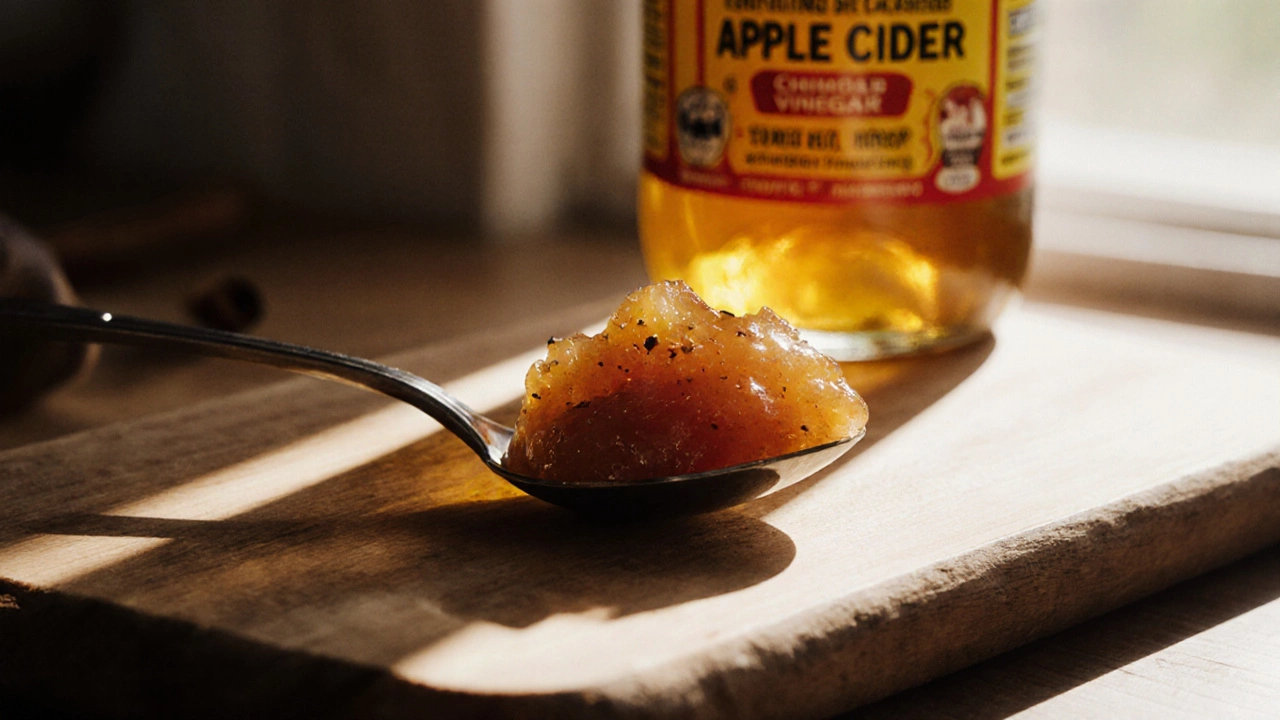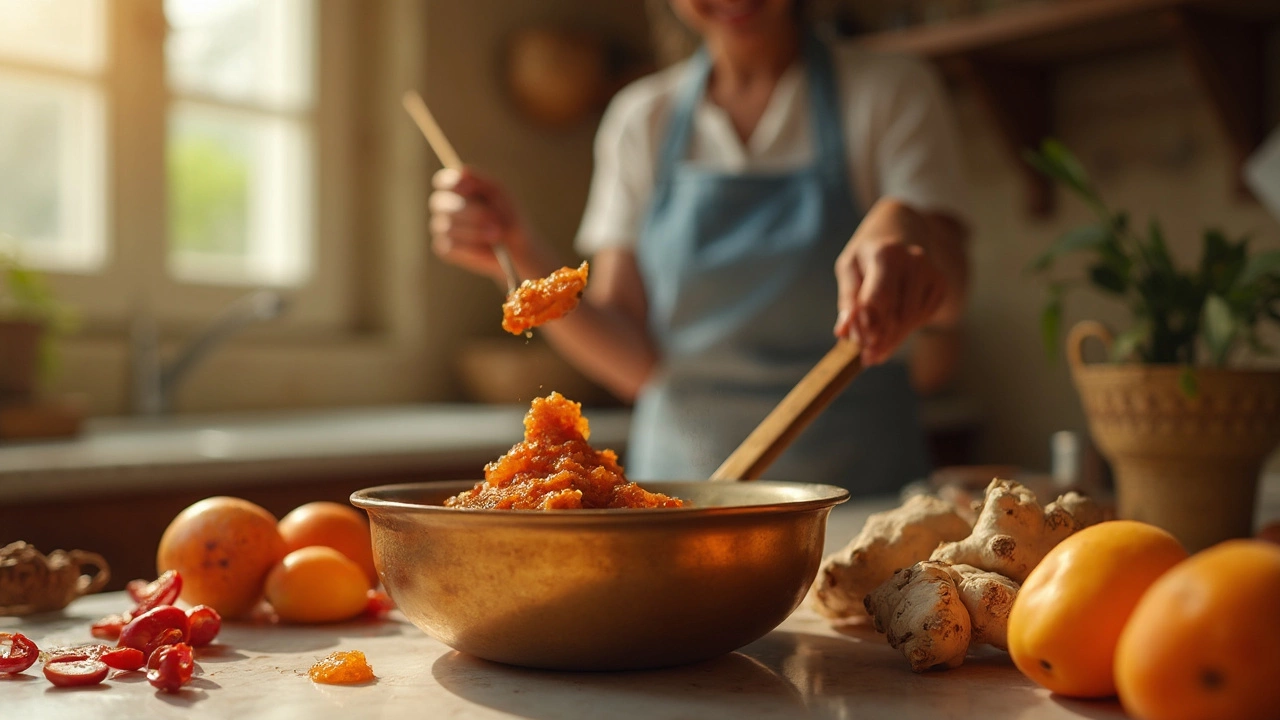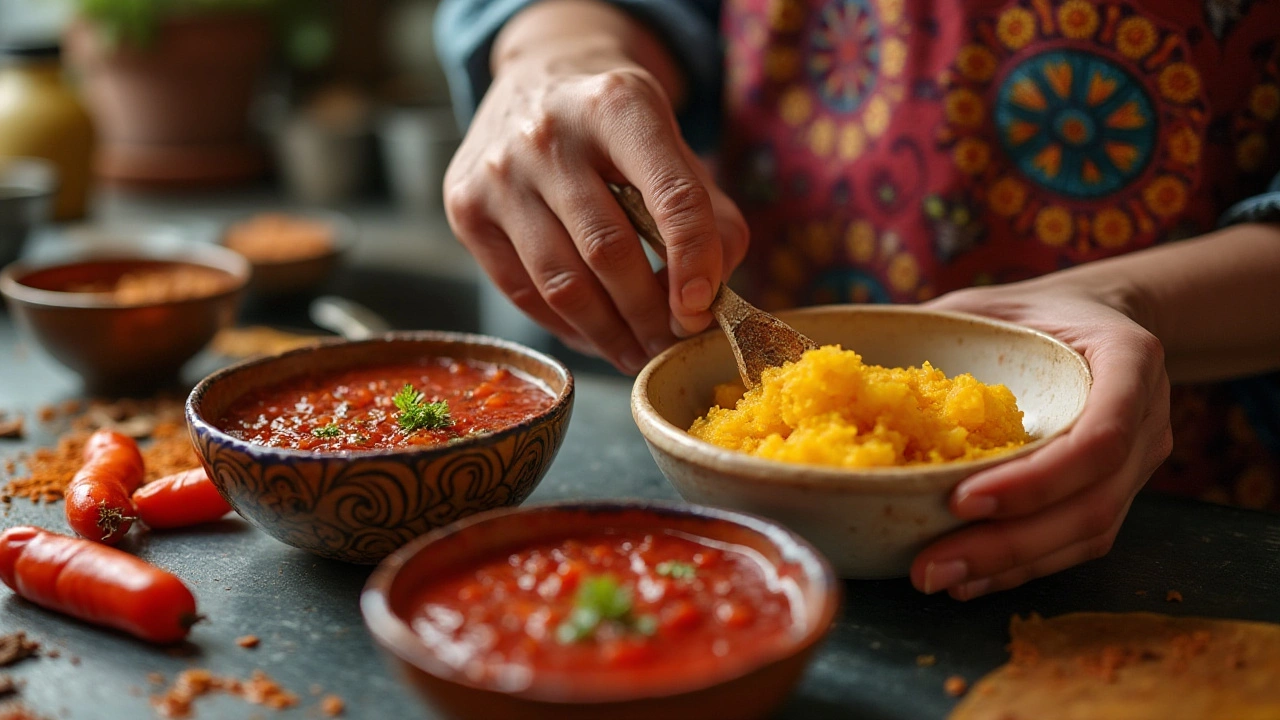Chutney Recipes – Simple Guides for Perfect Flavor
Welcome to the chutney hub! Whether you’re whipping up a mango burst, a spicy coconut blend, or a tangy tomato mix, the basics stay the same: good ingredients, the right technique, and a pinch of patience. In the next few minutes you’ll learn how to avoid common pitfalls and end up with a condiment that sings every time you serve it.
Get the Right Consistency
One of the biggest questions beginners ask is how thick a chutney should be. The answer depends on how you plan to use it. For a spread on dosa or idli, aim for a spreadable consistency—think thick yogurt, not runny sauce. If you want a dip for samosas, a slightly looser texture works better. The secret is to watch the liquid balance while cooking. Start with a low flame, let the fruit or veg soften, then gradually add water or stock. As the mixture simmers, stir often; this prevents it from sticking and helps the flavors meld.
Don’t forget about sugar and acid. Sugar not only sweetens but also thickens as it caramelizes. A splash of lemon or tamarind adds brightness and can tighten the texture. If your chutney ends up thinner than you like, keep it on low heat a few more minutes and watch it reduce. If it gets too thick, a splash of water or a bit more lemon juice brings it back.
Beat Bitterness & Preserve Safely
Bitterness can sneak in when you use too many spices, over‑cooked veggies, or stale ingredients. A quick fix is to add a touch of extra sweetness—honey, jaggery, or brown sugar work well. Adding a pinch of salt also balances flavors, making the bitter notes less noticeable. If the bitterness persists, a few raisins or a small piece of cooked apple can neutralize it without changing the overall taste.
Now, onto jar sealing. Many people wonder if they should seal the jars while the chutney is still piping hot. The answer is yes, but only if you follow proper sterilization steps. Boil your jars and lids for at least ten minutes, then pour the hot chutney in, leaving a half‑inch headspace. Wipe the rim clean, seal tightly, and turn the jars upside down for ten minutes. This creates a vacuum that keeps the chutney fresh for weeks.
If you skip the hot‑seal method, store the chutney in the fridge and use it within a week. Always check for signs of spoilage—off smells, mold, or bubbling. A well‑sealed jar will stay safe, but a quick fridge check never hurts.
Finally, a few quick tips to keep your chutney game strong: use fresh herbs, toast whole spices before grinding, and taste as you go. A little adjustment halfway through can turn a good chutney into a great one. And remember, each batch teaches you something new about texture, balance, and preservation.
Ready to try? Pick a fruit you love, follow the consistency guide, fix any bitterness with a sweet tweak, and seal those jars while they’re hot. In no time you’ll have a pantry of vibrant chutneys ready to brighten any meal.
Best Vinegar for Chutney: How to Choose the Perfect One
Discover which vinegar lifts your chutney flavor the most. Get a flavor guide, comparison table, step‑by‑step checklist, and real recipes for the perfect vinegar choice.
How Thick Should Chutney Be When Cooking?
Wondering about the perfect thickness for chutney? This article uncovers what to look for as your chutney cooks up, why consistency matters, and how to nail that just-right texture. Packed with clever tips and practical advice, it’ll help you solve common chutney blunders—whether you like it spreadable or pourable. Learn some little-known truths about sugar, pectin, and cooling, so you never end up with a runny or rock-hard batch again. Guaranteed to make your next chutney deliciously on point.
How Do You Take the Bitterness Out of Chutney? Simple Fixes That Work
Bitterness can sneak into chutney and ruin the flavor, but there are surprisingly easy ways to fix it. This article explains why chutney sometimes turns bitter and gives practical tricks to balance out its taste. Discover ingredients you can add, mistakes to avoid, and tips for making every batch taste vibrant. Make your chutney smooth and crowd-pleasing every time. No guesswork here—just clear steps that work.
Should You Seal Chutney Jars While They're Piping Hot?
Find out if you should seal chutney jars while they're hot to ensure safety and freshness. This article explores boiling and sealing methods, tackling common preservation mistakes to keep your chutney in peak condition. Get practical tips on sterilization and jar sealing to avoid spoilage. Whether you're a seasoned chutney maker or new to the craft, learn how to preserve your tangy creations properly.
Understanding the Difference: Red Onion Marmalade vs. Chutney
Exploring whether red onion marmalade is the same as chutney, this article delves into the distinctions and commonalities between the two. Both versatile and flavorful, these condiments enhance a variety of dishes. Learn about their unique ingredients, preparation methods, and the best ways to use them in your kitchen. This guide will provide tips and insights for enhancing your culinary skills with these savory spreads.




